Know-howMore than jewels and diamonds, we make stories
The creative process
 The art of fine jewellery-making by Leysen
The art of fine jewellery-making by Leysen
All our jewellery is made in our workshops on the Maison Leysen premises.
We carry out every stage in the creation of a jewel, from its design by the illustrator to the choice of stones (diamonds or others) and the final polishing.
We practise the art of fine jewellery with a passion. With 160 years’ experience in the profession, we take great care in choosing our gems for their beauty and quality from an infinite range: diamonds, rubies, sapphires, emeralds, aquamarine, tourmaline, topaz, tanzanite, etc.
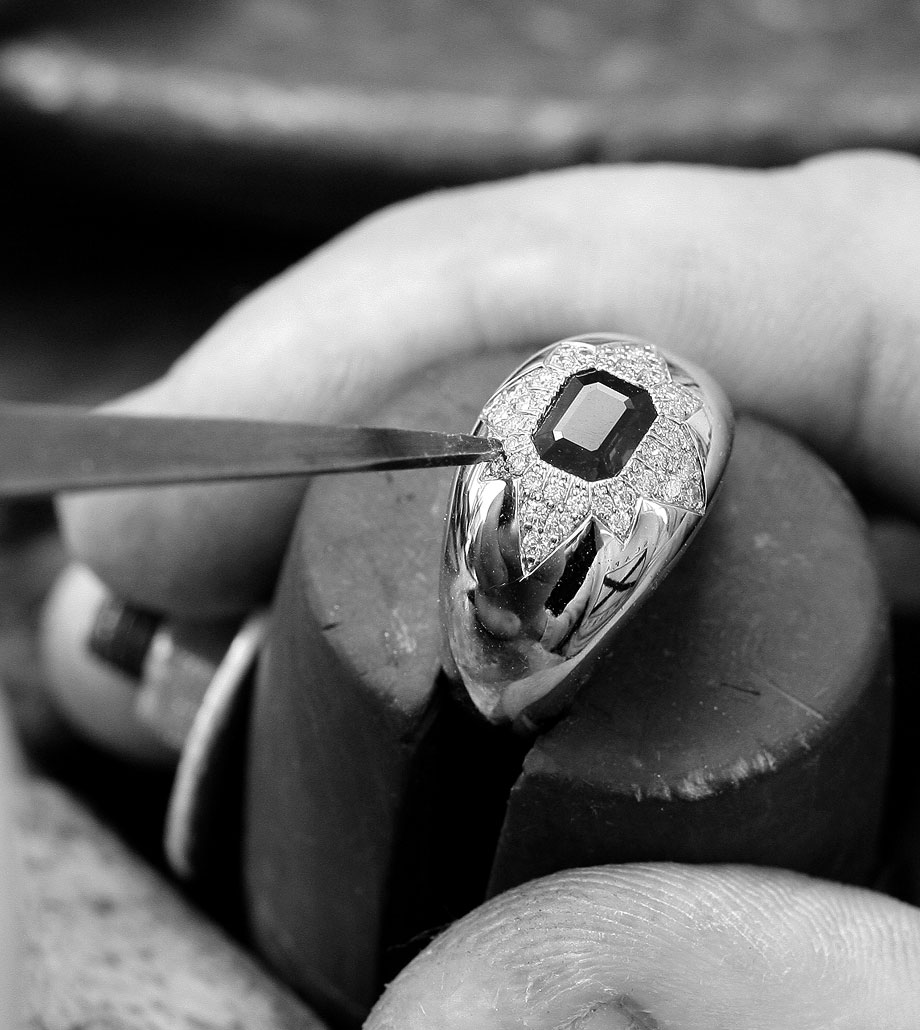
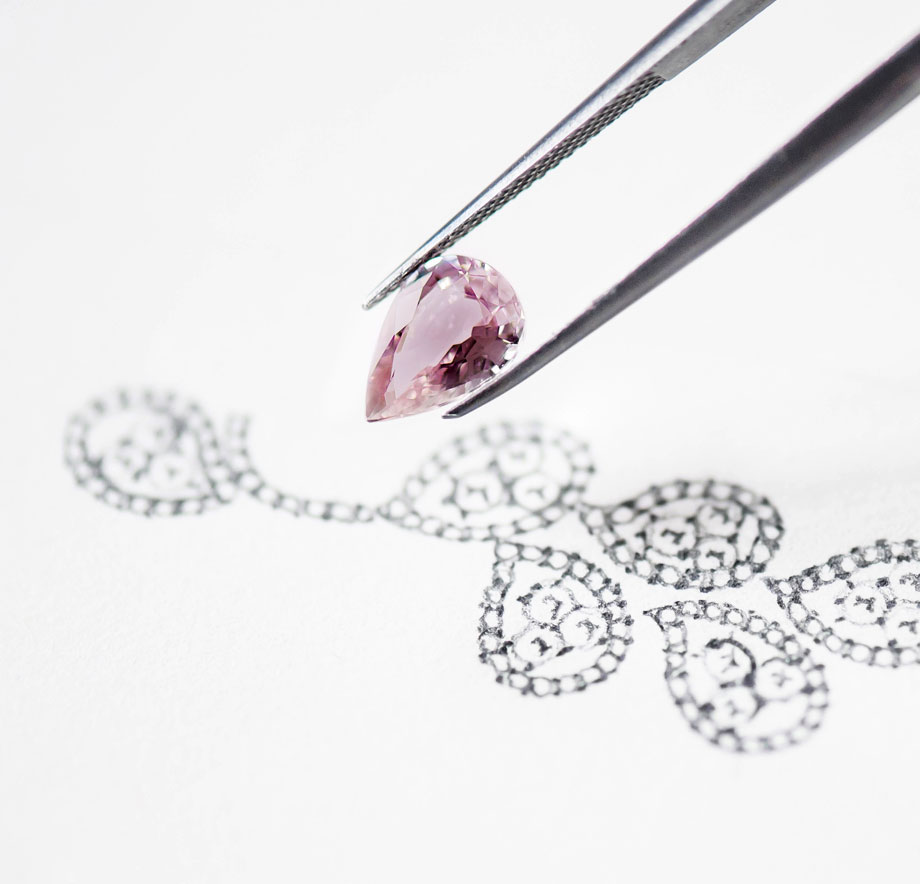
Style
We are particularly fond of very fine, ethereal objects. We take inspiration from the world around us: for example, we like to design jewels with a floral or architectural theme. These themes allow us to juggle with the colours of the rainbow; diamonds and sapphires are often a central feature of our creations.
Diamonds
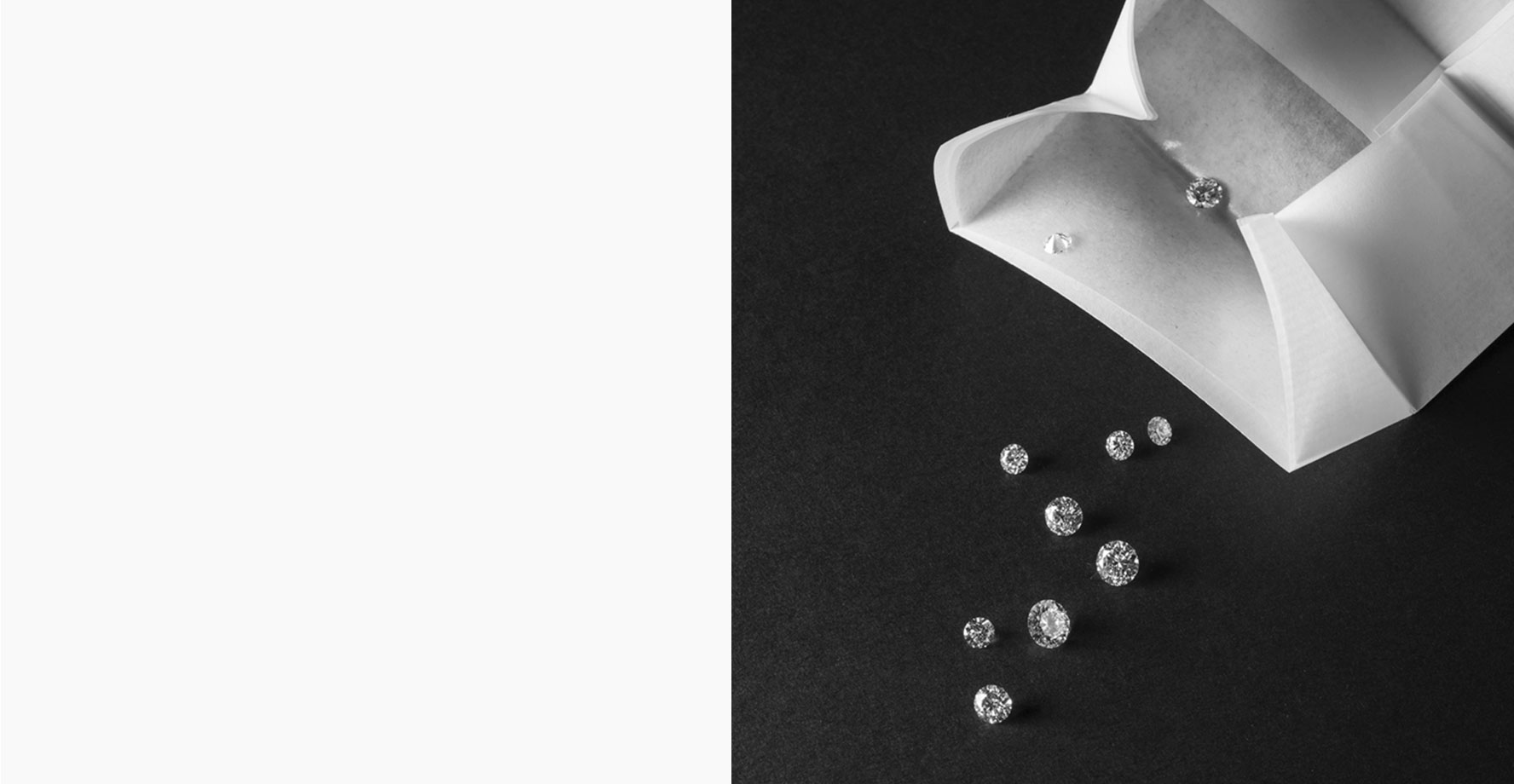
 How do you identify an exceptional stone?
How do you identify an exceptional stone?
Diamonds are without any doubt the most noble and fascinating of stones. They are also the toughest: they take their name from the Greek “adamas”, which means “invincible”. They are a symbol of purity, courage and eternity. Diamonds have been admired for thousands of years; today they are assessed according to a combination of four criteria, known as the “4 Cs”. These characteristics will help you to make your choice from a huge variety of existing stones.
Cut / the size
Diamonds may be cut into several shapes but the most sought-after cut is the round cut known as “brilliant”. The stone then has 57 facets which reflect the light to maximum effect and produce an unrivalled brillance.
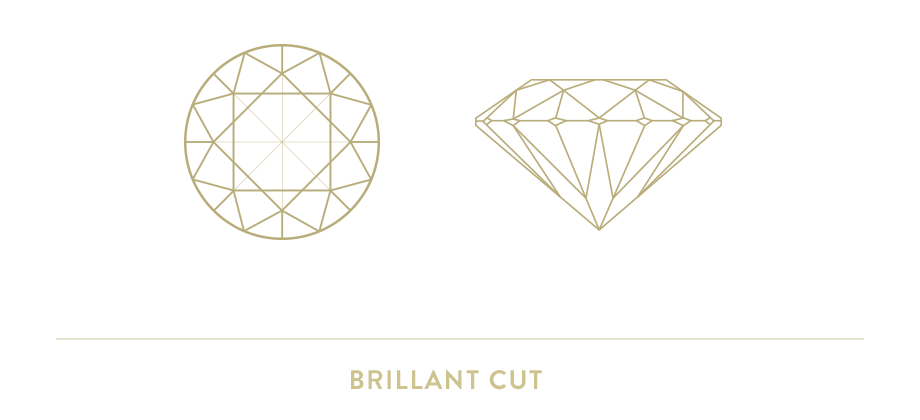
Color / the colour
This may come as a surprise, but diamonds can have different colours. They are classified on an international scale, from the whitest, known as “colourless” (D) to a diamond that is slightly yellow (Z). The whitest stones are found between the letters D to G. Coloured diamonds also exist: you may find red, green, blue, yellow and pink….but they are extremely rare.

Clarity / the purity
Diamonds are natural minerals that may have imperfections. A diamond that has absolutely no faults is classified as “IF” (for “Internally Flawless”). Then come diamonds that have inclusions that are hard to see with a magnifying glass (“VVS” for “Very very small inclusion”). The next stage, “VS” (“Very small inclusion”) includes diamonds that have faults that can be seen with a magnifying glass but not with the naked eye. A diamond is classified as “SI” (“Small inclusion”) when the imperfections are visible to a trained eye. And, finally, a diamond is classified “P” (“Piqué”) when faults are visible to the naked eye.

CARAT / the weight
This is probably the best-known quality criterion, but few people know the origin of the word “carat”. It comes from the very first standard measurement: the carob grain, a fruit with a chocolate taste. A carat is therefore equivalent to the historic weight of this grain: 0.2 grams. Another degree of measurement exists for the smallest stones: the point. This is equivalent to 0.01 carat.
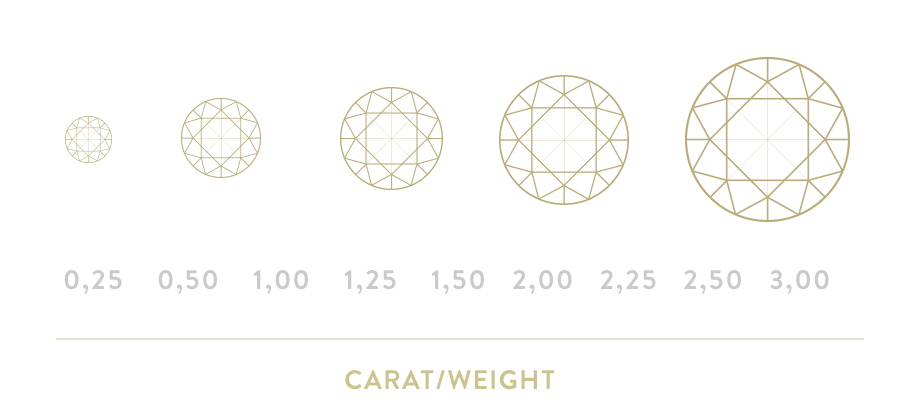
Expertise
 Your jewel’s identity card
Your jewel’s identity card
Our jewels are made by outstanding craftsmen. They place the “750” hallmark on our creations. This guarantees that your jewel is made of 750/1000 (or 18-carat) gold, which is the sign of a high-quality material.
The hallmark
The hallmark is a mark that says a great deal about the characteristics of the jewel. On Maison Leysen creations, it takes the form of a fleur-de-lis, a symbol of purity and an elegant, discreet motif engraved in the gold or platinum that identifies your jeweller. But there may be other hallmarks on the jewel. They provide information on the proportions of the metals. They may also confirm that duty has been paid to the guarantee department. All this precious information is used to authenticate a jewel.
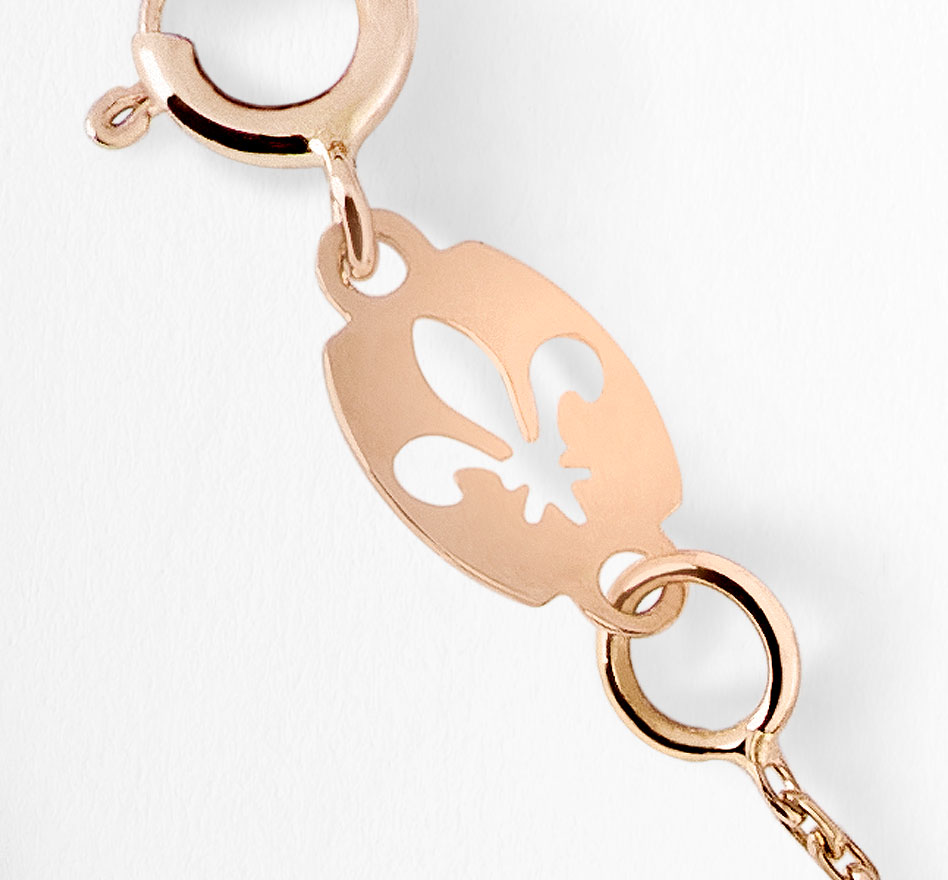
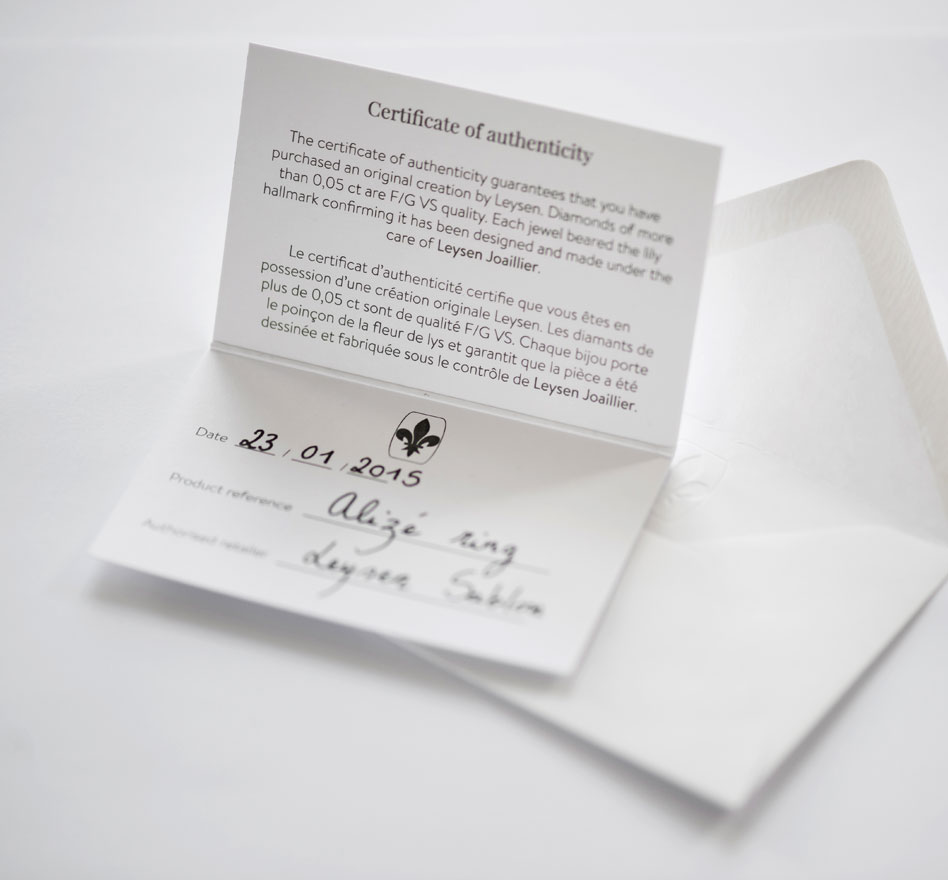
Certificate
Some stones, mainly diamonds, are delivered with a certificate, which contains all the stone’s characteristics, including its commercial name, colour, size, weight in carats and shape. For diamonds, the degree of purity is also mentioned. The certificate is issued by an internationally-recognized gemmology laboratory.
Your Leysen jewel is made to last. If you want it to remain as beautiful as on the first day, we suggest that you follow these recommendations, which apply to all your jewellery.
When you are not wearing your jewel, keep it in its original box or in a fabric bag to avoid any risk of scratching.
Dress first before putting on your jewel. Remove the jewel before you undress to avoid it catching on your clothing.
Jewels and gems have to be cleaned very carefully. Avoid all contact with abrasive products, as these could damage your jewel or stones.
Take great care when applying make-up. Perfumes and cosmetics may spoil the appearance of certain stones and materials, especially pearls.
After you have worn your jewel, rub it with a clean cloth. If you want to clean it more thoroughly, had a bit of neutral soap and possibly scrub it gently with a soft brush.
